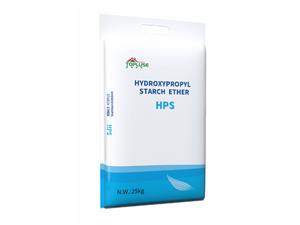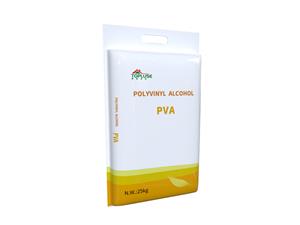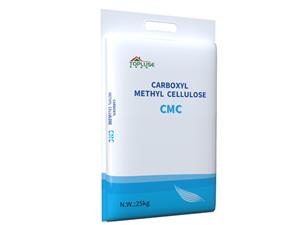How to detect the viscosity of hydroxypropyl methylcellulose?
Hydroxypropyl methyl cellulose for building needs to avoid water from infiltrating into the wall. Keeping a proper amount of water in the mortar can make the cement fully produce good performance for hydration. The viscosity of hydroxypropyl methyl cellulose in the mortar can be proportional, and the higher the viscosity, the better the water retention of hydroxypropyl methyl cellulose.
Once the moisture content of hydroxypropyl methylcellulose is too high, the water retention of hydroxypropyl methylcellulose will decrease, which will also directly lead to the decrease of construction efficiency of hydroxypropyl methylcellulose. We are familiar with things, and the more likely they are to go wrong. We should always keep them fresh and we will get unexpected results.
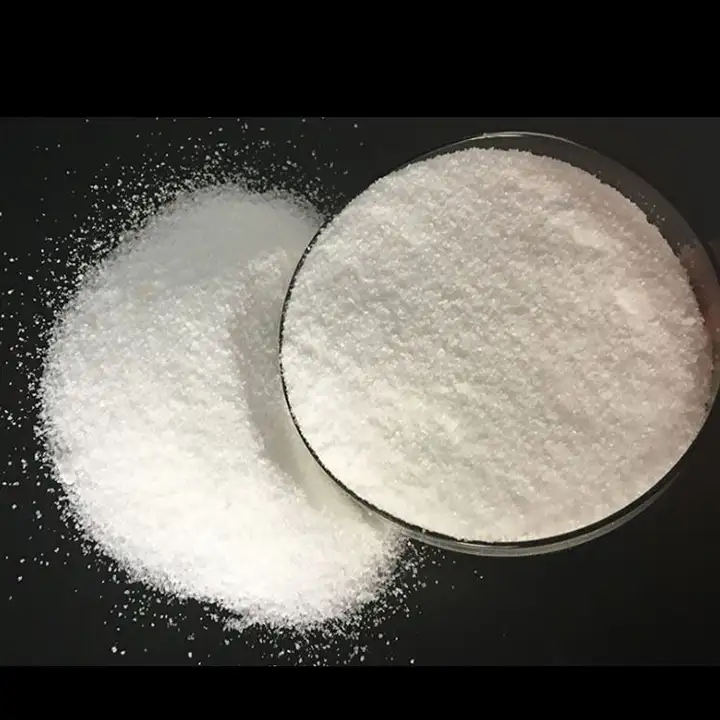
Apparent viscosity is an important index of hydroxypropyl methylcellulose. The usual determination methods are rotational viscosity determination, capillary viscosity determination and autumn viscosity determination.
In the past, the determination method of hydroxypropyl methylcellulose was capillary viscosity determination, and Ubbelohde viscometer was used. Usually, the determination solution is an aqueous solution of 2, and the formula is: V=Kdt. V stands for viscosity, and the unit is, k is the constant of the viscometer, d stands for the density at constant temperature, and t refers to the time from top to bottom through the viscometer, and the unit is seconds. This method is complicated to operate, and it is easy to cause errors if insoluble substances exist, so it is difficult to distinguish the quality of hydroxypropyl methylcellulose.
The delamination problem of building glue is a big problem for customers. First, raw materials should be considered in the delamination of building glue, which is mainly caused by the incompatibility between polyvinyl alcohol (PVA) and hydroxypropyl methylcellulose (HPMC). Secondly, because the stirring time is not enough; There is also the poor thickening performance of building glue.
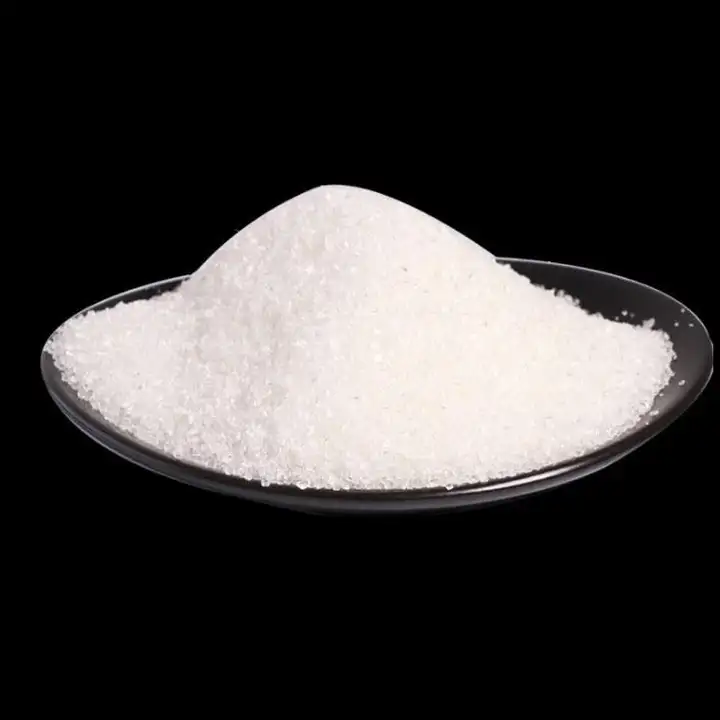
In building glue, it is necessary to use instant hydroxypropyl methylcellulose (HPMC), because HPMC is only dispersed in water and does not really dissolve. After about 2 minutes, the viscosity of the liquid gradually becomes larger, forming a transparent sticky colloid.
Hot-melt products can quickly disperse and disappear in hot water when they meet cold water. When the temperature drops to a certain temperature, the viscosity slowly appears until a transparent viscous colloid is formed. The recommended amount of hydroxypropyl methylcellulose (HPMC) in building glue is 2-4kg.
Hydroxypropyl methyl cellulose (HPMC) has stable chemical properties, good mildew-proof and water-retaining effects in building glue, and is not affected by the change of PH value, and its viscosity can be used from 100,000 s to 200,000 s. However, in production, the higher the viscosity, the better. The viscosity is inversely proportional to the bonding strength. The higher the viscosity, the smaller the strength. Generally, the viscosity of 100,000 s is appropriate.

